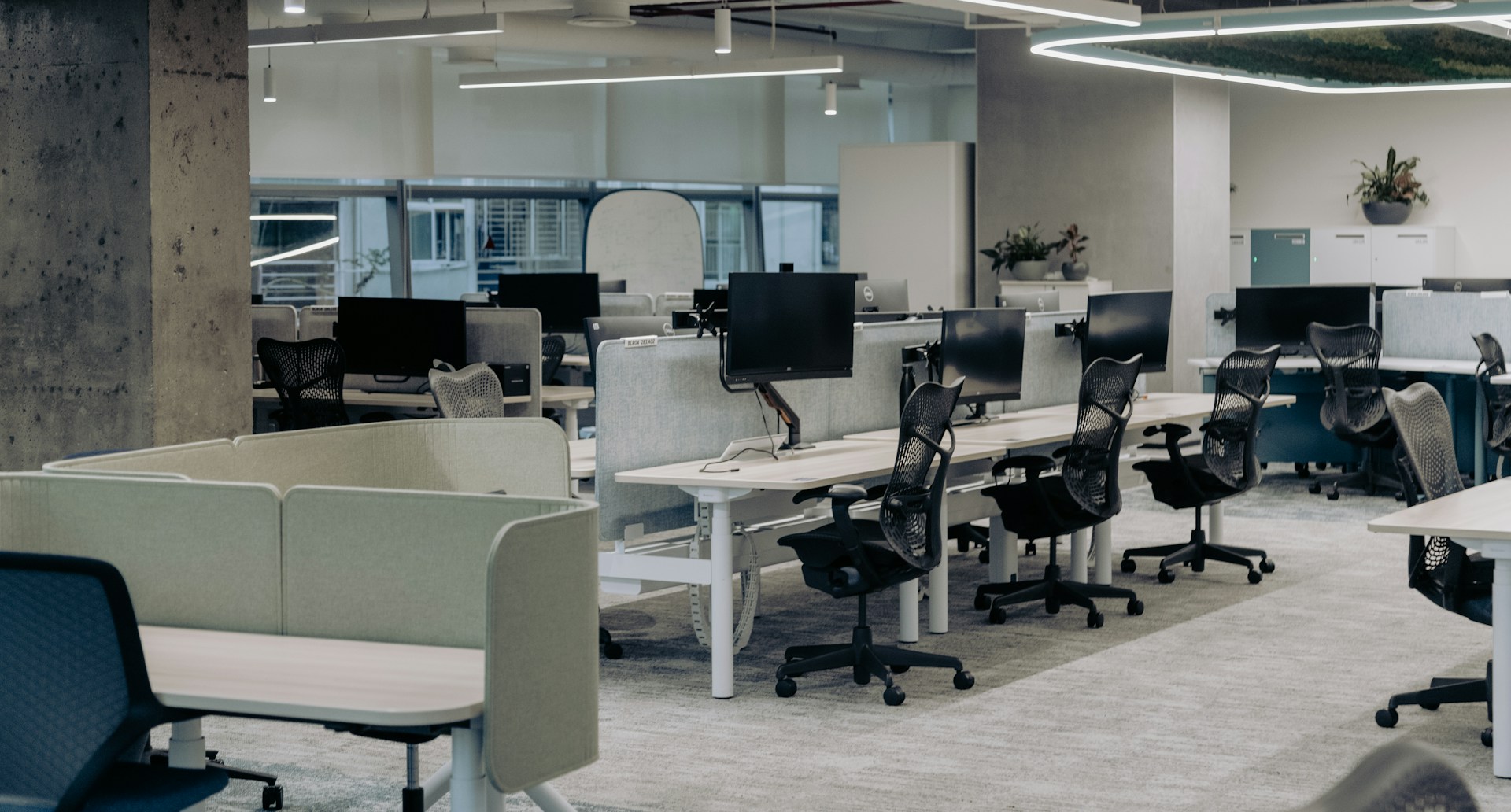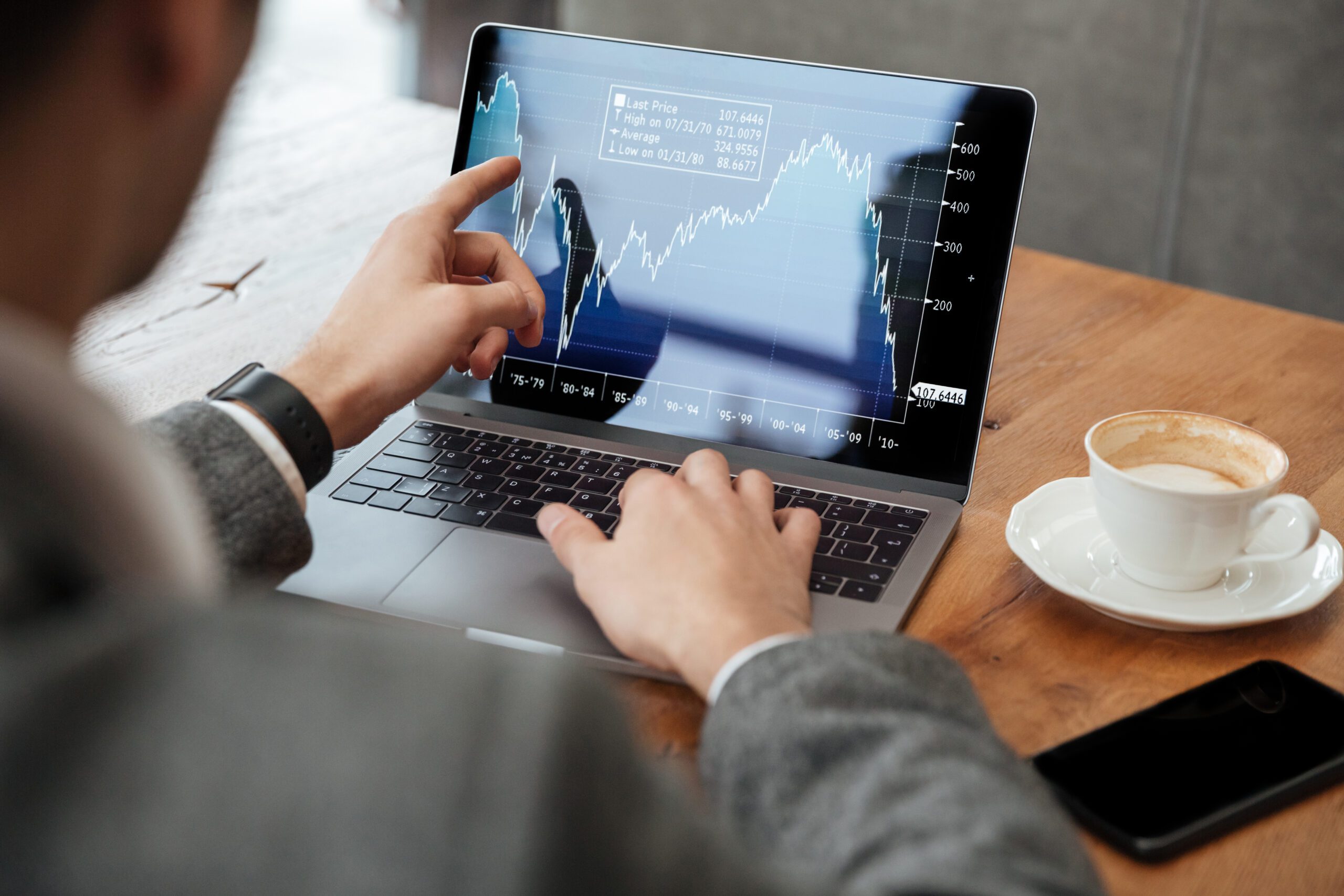If you’re a business owner, you probably know that equipment depreciation plays a key role in your financial planning. This tax deduction helps reduce the cost of new equipment, keeping your business running efficiently. Plus, you can claim a federal tax deduction for machinery and equipment depreciation.
But how exactly does equipment depreciation work, and how do you calculate it? In this article, we’ll break down the factors that influence this loss of value—both internal and external—and show you ways to slow down the depreciation of your equipment, helping you extend its lifespan and preserve its value.
What Is Equipment Depreciation?
When you buy new or used equipment for your business, depreciation is something you can’t overlook. Depreciation is the process of spreading out the costs of acquiring, installing, and maintaining equipment over its expected useful life. Essentially, it allows you to account for the wear and tear your equipment goes through, while also helping you plan for its eventual replacement. The idea is that the equipment’s benefits are realized throughout its useful lifespan.
The useful life of the equipment is simply how long it can function for its intended purpose. For instance, a computer has a much shorter useful life than an office chair because technology advances quickly, making the computer obsolete faster.
What Equipment Can You Depreciate?
According to the IRS, you can depreciate equipment if it meets these criteria:
- You own the equipment and use it in your business or to generate income.
- You can determine the equipment’s useful life.
- The equipment is expected to last more than a year.
By following these guidelines, you can accurately depreciate your equipment and maximize its tax benefits over time.
Factors Influencing the Depreciation of Equipment
1. Cost of Equipment
The cost of equipment is the foundation for calculating its annual depreciation, but it goes beyond just the purchase price. It includes all the expenses necessary to acquire and prepare the equipment for its intended use.
While the machine’s base price is part of the equation, so are other costs like installation, transportation, and assembly. Even the sales tax you pay at the time of purchase should be factored in. For example, if you buy a machine for $15,000, pay $3,000 for installation, $1,500 for transportation, and $500 in sales tax, the total cost for depreciation purposes becomes $20,000.
However, it’s important to exclude financial charges such as interest on borrowed money from this calculation. Understanding all the costs involved in acquiring and setting up equipment will give you a more accurate depreciation estimate, so it’s worth gathering precise data.
2. Brand of Equipment
Choosing equipment from a reputable brand doesn’t just make your business look more professional; it also affects the equipment’s depreciation. Well-known brands with a reputation for building high-quality, durable machines tend to retain their value longer than lesser-known brands. Simply put, better quality often means slower depreciation.
However, brand alone isn’t the only factor. How you use and maintain the equipment also plays a crucial role in determining its value over time. So, while a well-known brand can give you an advantage, proper care and management of your assets are just as important in preserving their worth.
3. Estimated Useful Life
The estimated useful life of equipment refers to how long you can use the asset to generate profit before it’s fully depreciated. It’s not about how long the machine will physically last but rather how long it remains valuable and productive for your business.
As the equipment approaches the end of its useful life—also called its economic life—depreciation rates often accelerate. However, this is just an estimate, influenced by several factors, including:
- The make and model of the machine
- Your maintenance habits
- How intensively the equipment is used
- Environmental conditions like temperature, humidity, dust, or exposure to corrosive materials
For a more accurate estimate, refer to the manufacturer’s specifications, as they typically provide guidance on expected service life based on standard use and care. While some machines may continue to operate past their estimated lifespan, there comes a point where repairs and maintenance become too costly, and it’s more practical to replace or sell the equipment.
4. Estimated Salvage Value
The salvage value of the equipment is the amount of money you expect to recover by selling or scrapping the machine at the end of its useful life. It represents what the asset is worth after it’s been fully depreciated and no longer contributes to your business operations.
In terms of depreciation, the relationship is simple: the higher the salvage value, the less depreciation you’ll record over the equipment’s life, and vice versa. In the straight-line depreciation method—a commonly used approach—you subtract the salvage value from the equipment’s initial cost, then divide the remainder by the asset’s estimated useful life. This gives you an equal depreciation expense for each year of the equipment’s service.
While the straight-line method is popular due to its simplicity, other depreciation strategies may be more suitable depending on your business’s financial needs, so it’s always a good idea to consult with your accounting team.
5. Obsolescence
Depreciation isn’t just influenced by how you use or maintain your equipment—it’s also shaped by external factors like industry trends and technological advancements. Innovations in fields such as robotics, IoT, and artificial intelligence can speed up the depreciation of older machinery, making it seem outdated by comparison.
For instance, self-driving vehicles and smart wearables are revolutionizing efficiency and safety on job sites. These futuristic tools set a new standard, and as they become more common, traditional equipment loses value faster.
As a result, even if older machines are still functional, the rapid pace of technological progress can lead to quicker depreciation simply because they no longer match the capabilities of newer, more advanced solutions. This phenomenon is known as obsolescence, and it’s an important factor to consider when assessing the long-term value of your equipment.



